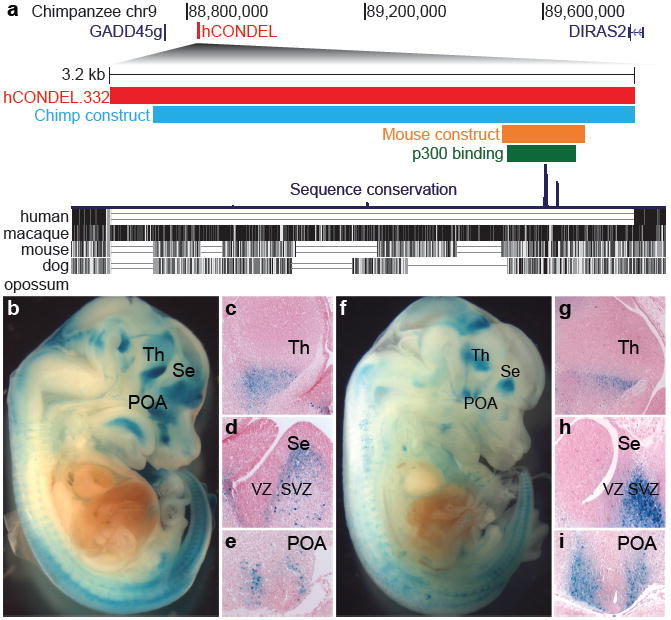Fig. 3. Transgenic analysis of a chimpanzee and mouse forebrain enhancer missing from a tumor suppressor gene in humans.

a, Upper panel: 1.3 Mb region of the chimpanzee chromosome 9. The red bar illustrates a 3,181 bp human-specific deletion removing a conserved chimpanzee enhancer located downstream of GADD45g. Lower panel: Multiple species comparison of the deleted region, showing sequences alignable between chimpanzee and other mammals. The green bar represents a mouse forebrain-specific p300 binding site18, and the blue and orange bars represent chimpanzee and mouse sequences tested for enhancer activity in transgenic mice. The chimpanzee (b,c,d,e) and mouse sequence (f,g,h,i) both drive consistent lacZ expression in E14.5 mouse embryos in the ventral thalamus (c, g), the SVZ of the septum (d, h), and the preoptic area (e, i). Increased production of neuronal subtypes from these regions may contribute to thalamic and cortical expansion in humans27-30. All sections are sagittal with anterior to right. Th, thalamus; Se, septum; POA, preoptic area.
